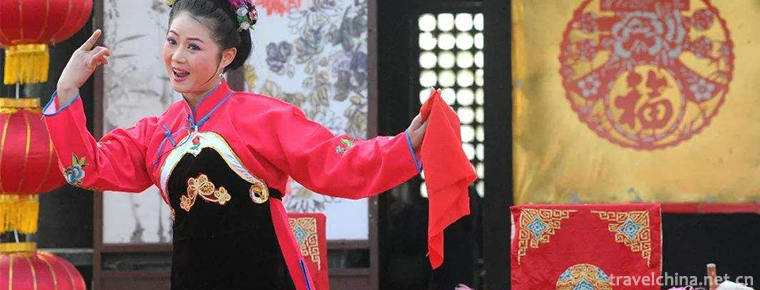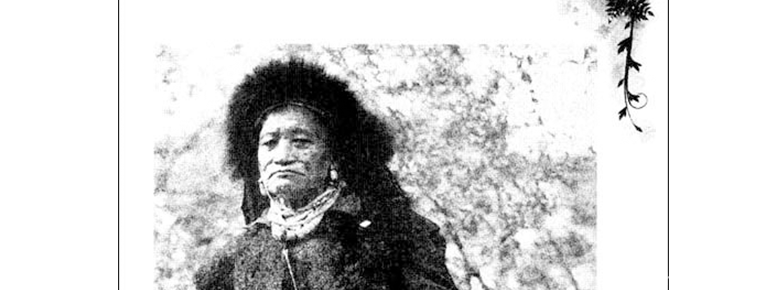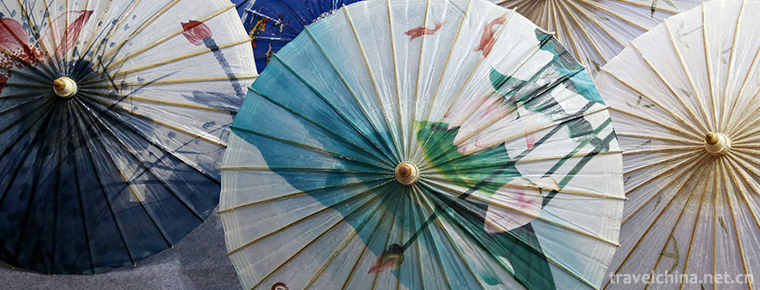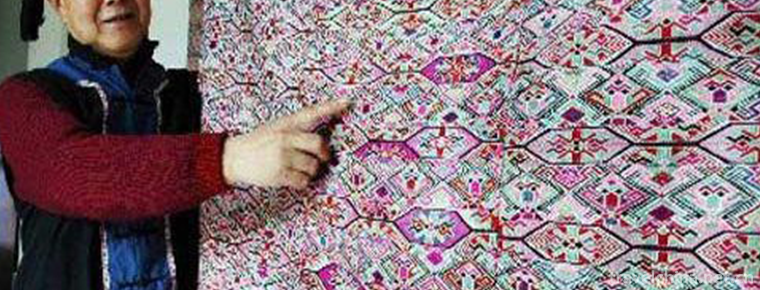Oyster omelet
Oyster fry is a common home dish, which originated in Quanzhou, Fujian Province, and is one of the classic traditional snacks in southern Fujian, Taiwan, Chaoshan and other regions.
There is an interesting story about its origin. Folk rumors have it that in 1661, the Dutch army occupied Tainan, and Zheng Chenggong, a Nan'an man from Quanzhou, led his troops from Luermen, intended to recover the lost land. Zheng Jun defeated the Dutch army like a broken bamboo. In a rage, the Dutch army hid all the rice and grain. Zheng Jun was wise when he was in a hurry for food shortage, and took local materials to make Taiwan's special products such as oysters and larvae. Sweet potato flour mixed with water and fried into cakes, unexpectedly spread to future generations, has become a popular snack in the province.
In September 2018, he was elected the ten famous classic dish in Fujian.
Oyster fry is not a unique snack in Taiwan . It has existed since ancient times in southern Fujian language family areas (southern Fujian, Chaoshan). It is said that Oyster fry is a kind of creative cuisine invented in a poor society. It is also an alternative food invented by the ancestors who are suffering and unable to eat enough. It is a symbol of poor life. Southern Fujian, Taiwan, Fuzhou and Chaoshan are basically the same origin. In Taiwan, its earliest name is "Jianfu Chaozhou". It is a traditional snack known to the older generation in Anping area of Tainan. It is a cake made by wrapping oysters, eggs, onions and coriander with water-added sweet potato pulp.
The other is that with the immigration of Zheng Chenggong and Fujian, Chaoshan immigrants brought Taiwanese oyster fry into the mainland of Taiwan. It has become a favorite dish for people across the Straits. Nowadays, Taiwan's oyster sauce is highly consistent with the production technology of oyster sauce in Fujian, especially in Quanzhou.
The Tsai Tsai is a Minnan dialect, referring to oysters (or oysters). Fujian, Southern Fujian, Taiwan and Chaoshan often make homemade snacks.
Its name is oysters, valves, gills, isocolumns, oysters, and oysters, which are edible shellfish. Most of the shells are triangular, and the thickness varies from species to species, distributed in the tropics and temperate zones. Oyster has rich nutritional value and is likened to "deep sea milk".
Guangdong called oyster as "Oyster", but in Southern Fujian Chaoshan and Taiwan called "Chai Zi". There is a popular saying in South Fujian called "fat leek".
"Food" means that in February of the lunar calendar, when leek grows most vigorously, it is also the most fruitful season for oysters. It is a wonderful golden combination of both. Cut the leek into knots, put them together with the washed oysters, add the diluted sweet potato powder as the adhesive, and fry in the oil pan until golden. Although Chaoshan people write "oyster branding", they read "Halok", which is consistent with the pronunciation of "Hao" in Minnan dialect of grasshopper. This shows the origin of the two.
In Southern Fujian, Golden Triangle is one of the most important dishes to test women's cooking skills. Although the recipe is very simple, it is still difficult to do it very well. Different people have different tastes in frying and frying. When the bride enters the house, the first homemade dish for her in law is best. Well done, it will make the parents look different. This home-cooked dish is the preferred dish for every household when they are "at the table" (other dishes include stir-fried "Southern Fujian stir-fried", "Anxi Hutou rice noodles" and so on).
Although oyster fry can be eaten everywhere, many people still keep the idea of eating oyster fry. They have to go to the origin of oyster fry, such as Anping in Tainan, Dongshi in Jiayi or Pingdong Port, which are rich in oyster fry. The oyster fry in Lugang, known as Xiaoquanzhou, is also very famous. To make delicious oyster frying, the most important condition is to use fresh oyster frying. These fresh oyster frying is now peeled and sold in the place of origin. They do not need to be immersed in water because of long-distance transportation. Therefore, each oyster frying is very fat and delicious. Of course, it is rich and juicy. Nevertheless, people who do not live in the origin should not be disappointed, because modern transportation technology is developed, so even far away in Taipei, you can eat sweet oysters freshly transported every day.
In southern Fujian, Quanzhou Lipu Village (Xunpu) is famous for its rich oysters. People from nearby counties and cities such as Jinjiang, Nanan, Shishi and Anxi all drive here to buy fresh oysters brought back by fishing boats just returning from the sea. Because there are plenty of oysters, the dwellings here make use of the inexhaustible oyster shell on the beach to cover the oyster shell with the characteristics of southern Fujian.








-
Wanfeng Forest Scenic Area
Wanfeng Forest Scenic Area, located in the southeast of Xingyi City, Guizhou Province, is the largest and most typical karst peak forest in China, with its magnificent momentum, peculiar shape and bea.
Views: 164 Time 2018-12-17 -
Construction Skills of Russian Nationality Residences
Historically, Tacheng once had the reputation of "Oriental Moscow", which is by no means a historical accident. It has a close relationship with the border trade in the past 150 years.
Views: 344 Time 2019-04-28 -
Liuqin drama
Liuqin Opera, a local traditional drama in Zaozhuang City, Shandong Province, is one of the national intangible cultural heritage..
Views: 141 Time 2019-05-14 -
Legend of the Ancestors of the Loba Nationality
The legend of the ancestors of the Loba nationality is an organic part of the life of the Loba people, a mirror of the Loba society and a way of existence of the folk life of the Loba people..
Views: 101 Time 2019-05-15 -
Scratch sheep race
The Naoyang Competition is a traditional Chinese folk custom activity mainly in Xinzhou City, Shanxi Province. It's a wrestling competition with a live sheep as a prize. In the countryside, "scra.
Views: 108 Time 2019-06-07 -
Umbrella Making Skills
Oil-paper umbrella is one of the traditional handicraft products in China. As a kind of paper or cloth umbrella originating in China, it has also spread to various parts of Asia, such as Korea, Vietna.
Views: 215 Time 2019-06-12 -
Shaoxing opera
Shao Opera, a traditional Chinese opera. Originally known as "Shaoxing Chaotian Bomb", commonly known as "Shaoxing Daban", it originated from Qin Opera and was named Shaoxing Opera.
Views: 182 Time 2019-06-14 -
Brocade Weaving Skills of Tujia Nationality
Tujia brocade weaving process is complex, in weaving, using the ancient pure wooden waist inclined loom weaving, through spinning and twisting, dyeing, inverting, drawing, reed loading, rolling, picki.
Views: 114 Time 2019-06-23 -
Taiji of Yi Nationality
Qitaiji is an ancient form of drama that only exists in Nugazhai village, Bandi Township, Weining Yi Hui Miao Autonomous County, Guizhou Province. Taiji is the transliteration of Yi, the word "Qi.
Views: 398 Time 2019-07-12 -
Chengdu Technological University
Chengdu Institute of Technology is a public full-time general undergraduate school organized by the People's Government of Sichuan Province. Founded in 1913, the school is the first industrial school .
Views: 285 Time 2019-08-31 -
Modern cheongsam
At the beginning of the 20th century, it was popular to wear a short jacket with trumpet shaped wide sleeves inside, and a long waistcoat without sleeves with the front and back of the coat reaching the ground. Since then, cheongsam has made some changes in the edge, sleeve.
Views: 116 Time 2020-12-11 -
Deyang City Construction
In January 2020, the science and Technology Department of Sichuan Province and the provincial development and Reform Commission approved to support Deyang and other six cities to carry out the construction of provincial innovative cities..
Views: 278 Time 2020-12-14










